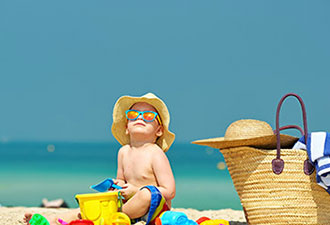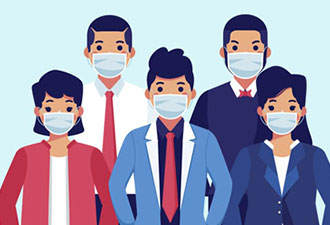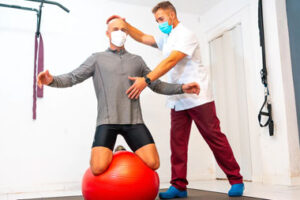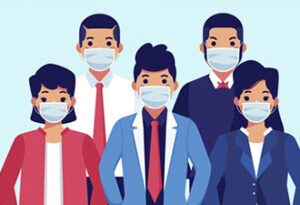Table of Contents
Sun safety measures for kids:
- Keep your baby cool and protect them from the sun.
- Babies less than 6 months old should always be kept out of direct sunlight. Their skin contains too little melanin, which is the pigment that gives skin, hair and eyes their colour, and provides some protection from the sun.
- Older babies should also be kept out of the sun as much as possible, particularly in the summer months and between 11am and 3pm, when the sun is at its strongest. If you go out when it’s hot, attach a parasol or sunshade to your baby’s pushchair to keep them out of direct sunlight.
- It’s good to buy a rash vest or cover up for your child as the sunshine in the UAE is particularly strong, in addition to this if they still have skin exposed apply a sunscreen with a sun protection factor (SPF) of at least 30 to your baby’s skin. Make sure the product also protects against both UVA and UVB rays. Many brands produce sunscreen specifically for babies and young children, as these products are less likely to contain additives that might irritate the skin. Apply the sun cream regularly, particularly if your child is in and out of the sea or paddling pool. Make sure your child wears a sunhat with a wide brim or a long flap at the back to protect their head and neck from the sun (NHS 2018).
- Sunscreen should be applied to all exposed skin, including the face, neck and ears, and head if you have thinning or no hair, but a wide-brimmed hat is better.
- Sunscreen needs to be reapplied liberally and frequently, and according to the manufacturer’s instructions.
- This includes applying it straight after you have been in water, even if it’s “water resistant”, and after towel drying, sweating or when it may have rubbed off.
- It’s also recommended to reapply sunscreen every 2 hours, as the sun can dry it off your skin.
Check for signs of heat exhaustion
The signs of heat exhaustion include:
- a headache
- dizziness and confusion
- loss of appetite and feeling sick
- excessive sweating and pale, clammy skin
- cramps in the arms, legs and stomach
- fast breathing or pulse
- temperature of 38C or above
- being very thirsty
The symptoms are often the same in adults and children, although children may become floppy and sleepy. If someone is showing signs of heat exhaustion, they need to be cooled down.
Things you can do to cool down someone who has heat exhaustion:
Follow these four steps:
- Move them to a cool place.
- Get them to lie down and raise their feet slightly.
- Get them to drink plenty of water. Sports or rehydration drinks are OK.
- Cool their skin – spray or sponge them with cool water and fan them. Cold packs around the armpits or neck are good, too.
Stay with them until they’re better.
They should start to cool down and feel better within 30 minutes.
When to call an ambulance
You or someone else have any signs of heatstroke:
- feeling unwell after 30 minutes of resting in a cool place and drinking plenty of water
- not sweating even though too hot
- a temperature of 40C or above
- fast breathing or shortness of breath
- feeling confused
- a fit (seizure)
- loss of consciousness
- not responsive
Heatstroke can be very serious if not treated quickly.
Put the person in the recovery position if they lose consciousness while you’re waiting for help.
Heat rash (prickly heat)
Heat rash is uncomfortable, but usually harmless. It should clear up on its own after a few days.
The symptoms of heat rash are:
- small red spots
- an itchy, prickly feeling
- redness and mild swelling
What to do when someone has a heat rash?
- Use sponge with cool water to soothe the affected area. Place them in a cool room
- Dry their skin with a soft towel by patting slowly and apply some calamine lotion to keep it damp
- Bathe them in lukewarm water and pat the skin with a soft towel so that it stays between dry and damp.
Medical attention to be given if the spots are not fading away even after 12 hours or there is a rise in temperature.
If you need a helping hand to manage your children, our expert DHA and BLS (Basic life support) certified home nurses are just a call away.
Ref: National Health Service UK (2018) https://www.nhs.uk/conditions/heat-exhaustion-heatstroke/






